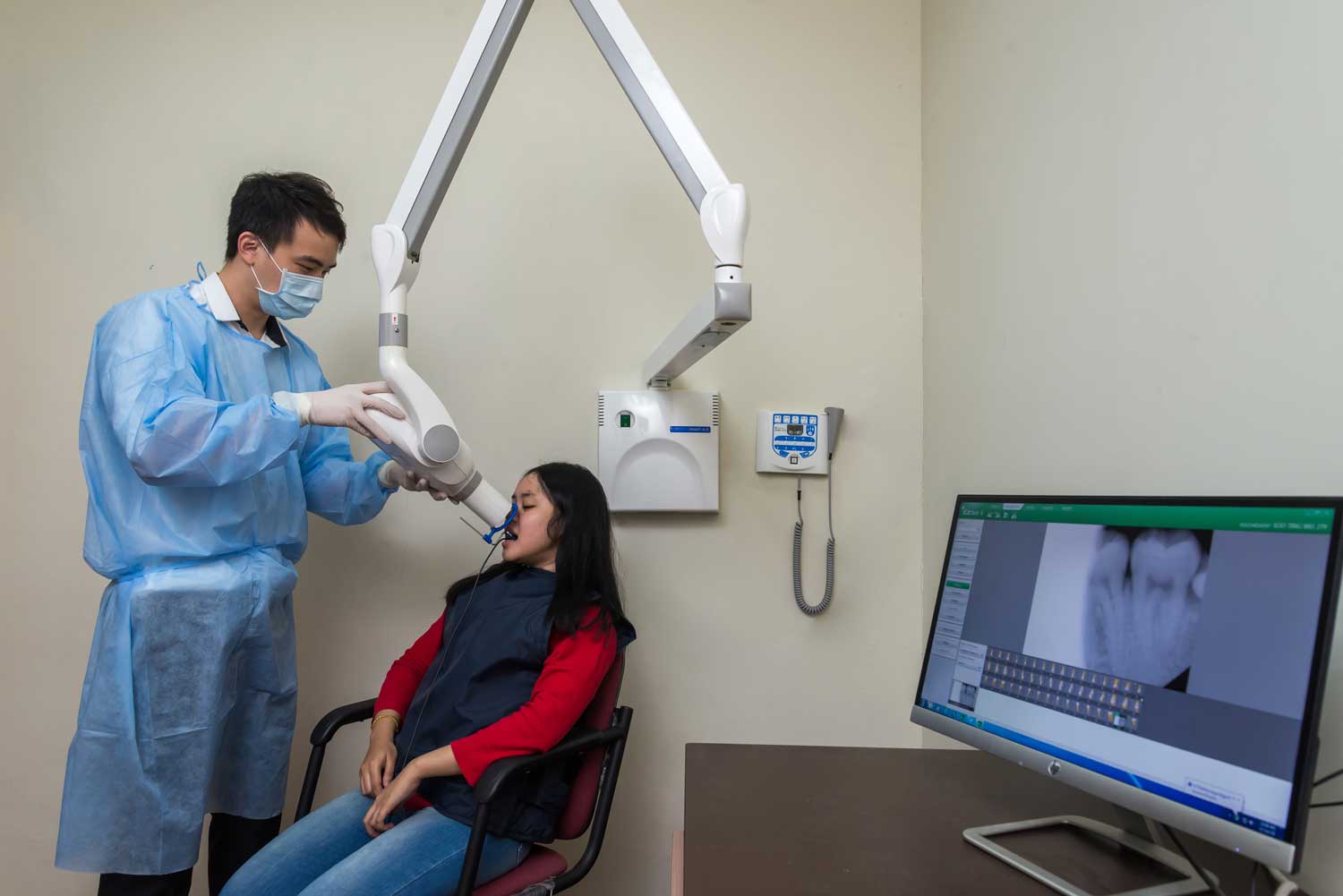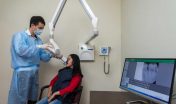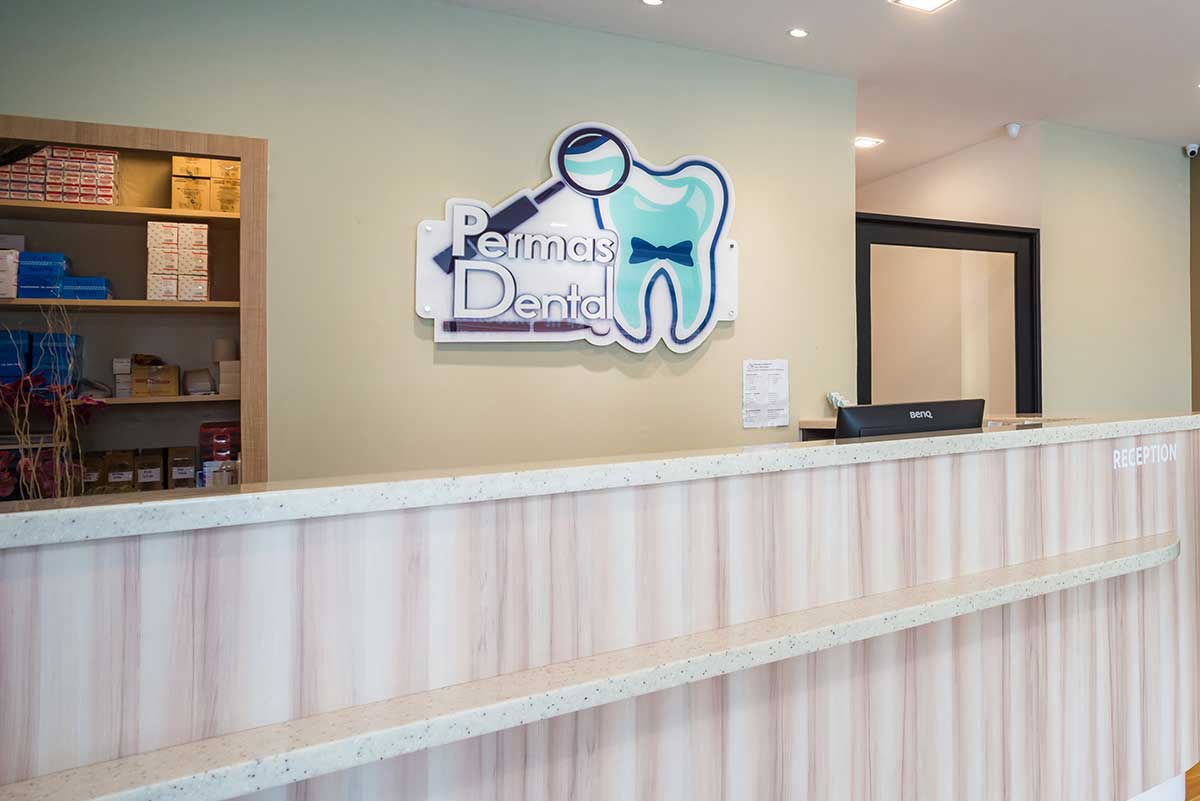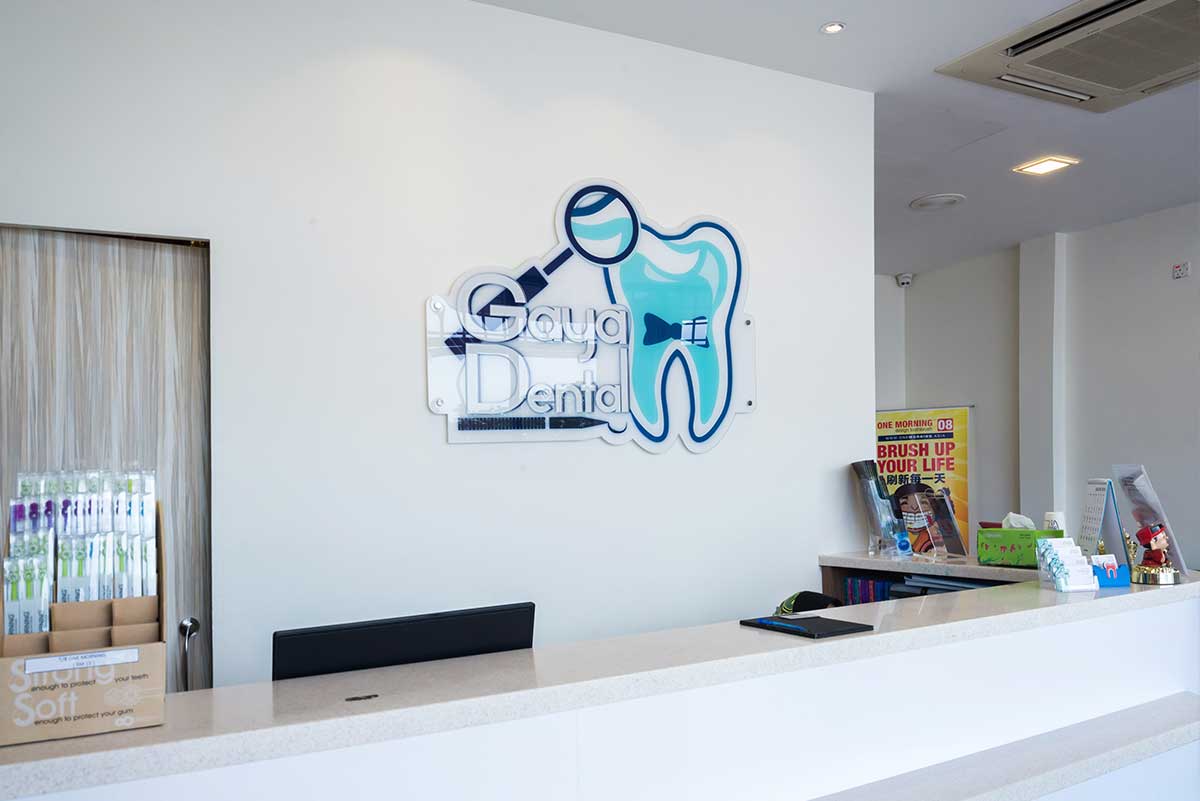These periodontal structures include:
- The gingiva or gums
- The alveolar or jaw bone
- The cementum which connects the tooth to the jaw bone by anchoring it to the periodontal ligament
- The periodontal ligament which holds the tooth in place in the jaw bone
A periodontist is a specialist who deals with the diseases and treatment of any of these supporting structures. Some of the conditions and situations dealt with by such a specialist include:
Gingivitis and periodontitis
Gingivitis is the inflammation and infection of the gums. Periodontitis is a more severe form of infection that involves not only the gums but the periodontal structures around the base of the teeth. In severe cases, periodontitis may lead to severe toothache and even loss of the tooth.
Treatment of gingivitis and periodontitis
Gum and periodontial disease usually occur as a consequence of tooth decay or dental caries. As bacterial acids create cavities or holes in the hard dental enamel of the tooth, the dental pulp starts to become infected. The dental pulp contains nerves and blood vessels and the infective bacteria can pass into the roots of the teeth via these vessels. This can lead to severe infection causing dental abscesses and pain. A periodontics surgeon may need to prescribe antibiotics for such infections using antibiotics or perform surgical procedures such as the draining of a dental abscess.

- Treating conditions related to the use of dental implants.
- Maintenance of the health, function and cosmetic appearance of the supporting structures. A periodontist may need to replace a lost or damaged tooth, for example.
- Periodontal-endodontic treatment includes tenets of both periodontics and endodontics.
















